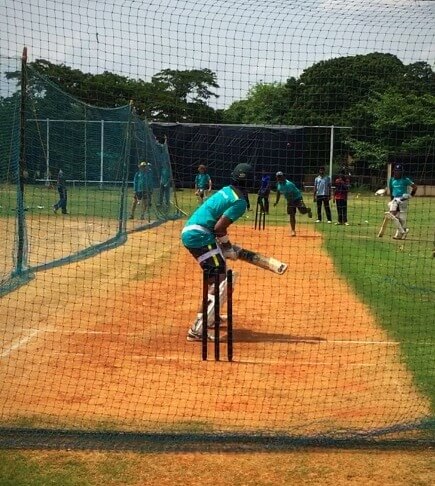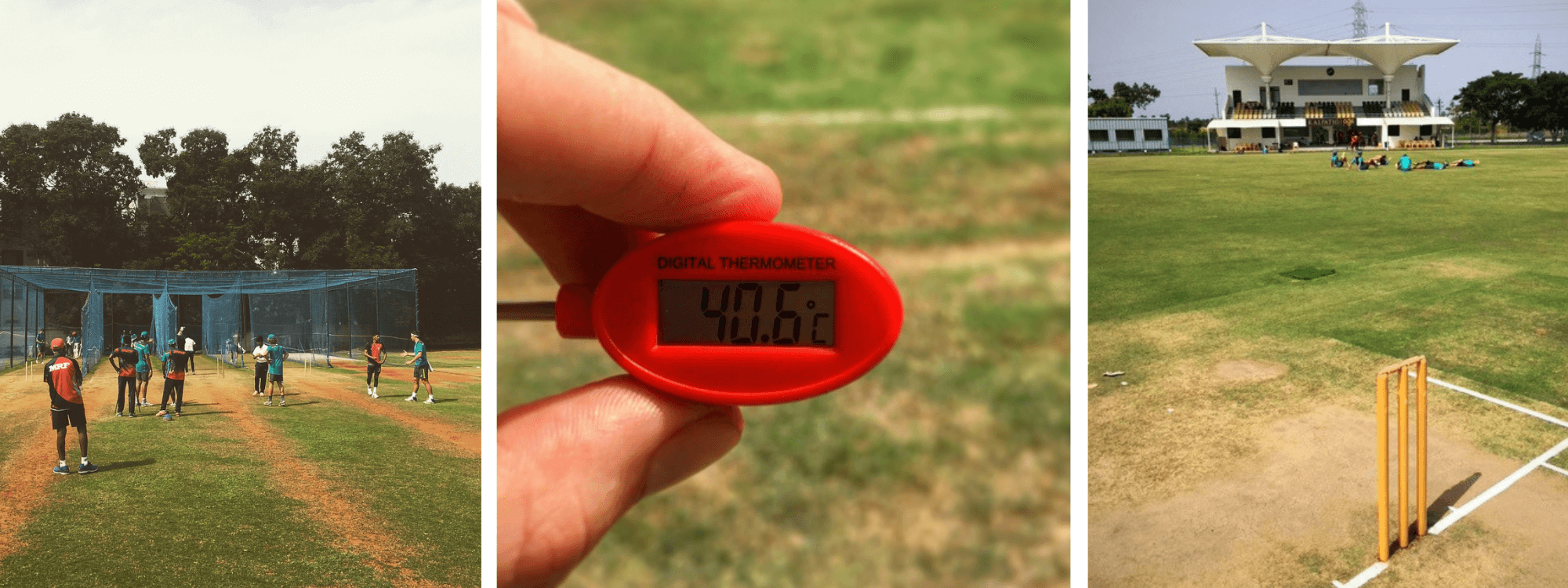
Stress Fractures in Young Cricket Fast bowlers: A persistent challenge
Lumbar stress fractures are one of the most serious and persistent injuries affecting cricket fast bowlers, especially in adolescents. The repetitive, high-load forces of the bowling action place significant strain on the lower back—particularly the L4 and L5 vertebrae—leading to stress fractures in up to 15–30% of elite junior bowlers. While not the most common cricket injury, they are among the most severe, often sidelining players for 3–6 months—much longer than soft tissue injuries like side strains or hamstring tears. Drawing on my years of experience in cricket physiotherapy, I’ll break down the causes, symptoms, treatment, and prevention of this typically season-ending injury.
Causes and Symptoms:
Lumbar stress fractures in fast bowlers are primarily caused by the high volume of repeated lumbar extension, side flexion, and rotation involved in the bowling action—especially during the delivery stride and follow-through. This repetitive mechanical load places excessive stress on the pars interarticularis, a small but critical bony structure in the lower spine. Over time, microtrauma accumulates and can progress to a stress reaction or fracture, particularly in adolescent bowlers whose bones are still maturing and whose core and hip musculature may lack the strength and control to absorb the forces effectively.
Symptoms typically develop gradually and may include deep, localised lower back pain that worsens during or after bowling, along with stiffness, tenderness to palpation over the lumbar spine, and occasionally pain with hyperextension or single-leg loading tasks. Pain is typically on the opposite side of the bowling arm. Early recognition is key, as continuing to bowl through pain may worsen the injury and extend time away from sport.
Diagnosis:
Lumbar stress fractures are best diagnosed through a combination of clinical assessment and imaging. Clinically, a history of progressive lower back pain in a young fast bowler—particularly pain aggravated by lumbar extension or single-leg loading—is highly suggestive. While plain X-rays are often inconclusive, MRI is the gold standard for early detection. Specifically, THRIVE or VIBE sequences are highly sensitive for identifying bone stress reactions and early pars defects, often before a fracture line is visible. These sequences provide high-resolution, fluid-sensitive imaging that helps detect bone marrow oedema and subtle cortical changes, enabling early intervention before the injury progresses.
Treatment and Rehabilitation:
The management of lumbar stress fractures requires a comprehensive approach. Initially, rest and avoiding activities that exacerbate the pain are essential to allow the bone to heal. A period of complete rest from bowling, coupled with appropriate pain management is usually recommended. A structured rehabilitation program focusing on core stability, flexibility, and strengthening exercises on the lumbar spine, pelvis and lower limbs is crucial for a safe return to bowling. Once a players has reestablished the requisite physical attributes, a graduated bowling plan is established.
Typically, the timeframes vary but follow this timeline
Phase 1: Protection & Pain Control – Weeks 0–4 (up to 6 if acute)
Phase 2: Early Rehabilitation – Weeks 4–8
Phase 3: Progressive Loading – Weeks 8–12
Phase 4: Return to Running/Sport Prep – Weeks 12–16
Phase 5: Full Return to Sport – ~Weeks 16–20 (or longer for high-load sports)
Prevention Strategies:
Prevention is key in mitigating the risk of lumbar stress fractures. Fast bowlers should maintain a balanced training regime that includes multi-joint strength training, flexibility exercises, and proper warm-up and cool-down routines. Regular monitoring of workload and ensuring adequate recovery time between bowling spells can also minimize the likelihood of injury. Of particular note, is avoiding back to back days of fast bowling in adolescent cricketers.
In summary, lumbar stress fractures pose a significant challenge to cricket fast bowlers, especially those in their teen years or as they transition to junior cricket to senior cricket. A diagnosis typically requires extensive time away from bowling and requires a targeted rehabilitation plan and a cautious return to the sport. By understanding the causes, recognising the symptoms, and implementing effective prevention and strengthening strategies, bowlers can continue to bowl fast and trouble the batsmen down the other end!
If you wanting to minimise your risk of a stress fracture, or think you may have one, feel free to consult with one of our expert physiotherapists, well versed in the cricket literature.
Until next time, Praxis What You Preach
📍 Clinics in Teneriffe, Buranda, and Carseldine
💪 Trusted by athletes. Backed by evidence. Here for everyone.
About the author. Stephen is an experienced Cricket Physiotherapist having spent 15 years working in elite and semi-elite cricket. He was fortunate enough to have Dr Marc Portus as his mentor early on in his career. Dr Portus is an authority on stress fractures in fast bowlers having completed his PhD in the area and helped shape modern day workload parameters. Stephen’s particular area of interest is in the high performance pathways (U16-U20’s) cricket where stress fractures are often first experienced before professional senior cricket.
To read more about Stephen or book, click here



